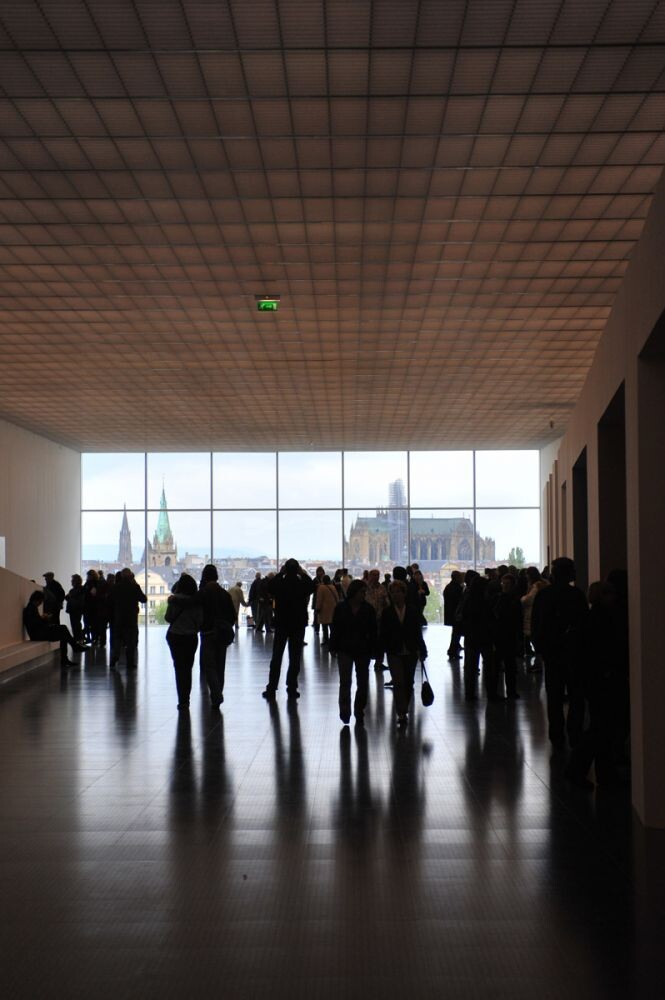Masterpieces? is a historic cultural event in many respects. As the opening exhibition of the Centre Pompidou-Metz, it proudly introduces the first decentralisation of a major national cultural institution – the Centre Pompidou – in partnership with regional authorities : the City of Metz, the Metz Métropole Urban Community, the Moselle Department and the Lorraine Region. Its concept encapsulates the cultural mission of this new institution in the heart of Europe, reaching out to wide audiences with an ambitious programme of exhibitions and events that shares the Centre Pompidou’s values – innovation, accessibility and cross-disciplinarity – while drawing on its know-how, network and reputation. One of the Centre Pompidou-Metz’s main assets is its preferential access to the nearly 100,000 works of the Musée national d’art moderne, Europe’s largest collection of modern and contemporary art. Gathering a rare and exceptional selection of major works, many of which have hardly ever been on loan before, Masterpieces? highlights the formidable wealth of this extraordinary collection.
A unique event with respect to its scenography and the diversity of works it comprises, Masterpieces? features the largest number of works on loan in the history of the Centre Pompidou. It embraces the over 5,000 sq.m. of exhibition spaces in the spectacular building designed by Shigeru Ban and Jean de Gastines. The exhibition, which is divided into four chapters, sheds new light on the notion of masterpiece, past, present and future. To do so, it reexamines this long-standing and arguably antiquated concept while applying it to modern and contemporary works of art. Masterpieces? will gradually make way for temporary exhibitions and programmes designed to contribute to shape the cultural identity of the Centre Pompidou-Metz.
The final part of the exhibition, Masterpieces ad infinitum, analyses how the notion of masterpiece has persisted throughout the 20th century at a time when images became easily reproducible.
With the development of new media such as film and digital imagery, contemporary artists have adopted a different approach to the concept of masterpiece. Many have made copies and reproductions a part of their work, prompting the viewer to reconsider the essential characteristic of any masterpiece : its uniqueness.
Lastly, the spread of reproductions has changed our relationship with art. What is a masterpiece today ? What is its future ? Without claiming to provide a single, unique answer, the final section of the exhibition invites viewers to question the value they ascribe to the art of their own day and time.
And finally the exhibition’s scenography calls the visitor’s attention to the scenic view on St. Stephen’s Cathedral, an architectural masterpiece by any standard. The optical illusion created - the cathedral diminishes, as the viewer draws nearer to it - offers a visual allegory of the unfathomable essence of the masterpiece, the definition of which eludes us while accommodating the most contradictory interpretations
